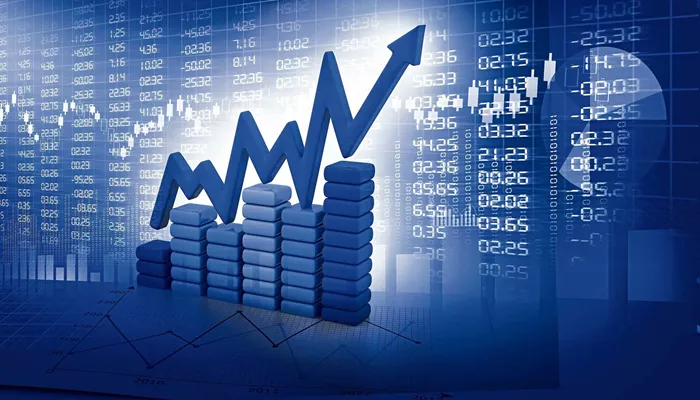U.S. stocks rose modestly on Tuesday as investors reacted to progress in trade negotiations between the United States and China, now in their second day of discussions.
The Dow Jones Industrial Average gained approximately 0.2%, while the S&P 500 climbed 0.5%. The tech-heavy Nasdaq Composite advanced 0.6%.
Both the S&P 500 and the Nasdaq are nearing record closing highs. The S&P 500 is approaching its all-time high of 6,144.15 set on February 19, 2025, and the Nasdaq is within range of its December 16, 2024, peak of 20,173.89. Strong corporate earnings, improved growth expectations, and optimism around a potential tariff agreement continue to buoy markets.
Despite the gains, investor sentiment remained cautious. While securing access to Chinese rare earths remains a priority for the U.S., negotiators are still grappling with contentious issues that have strained bilateral trade relations.
Any signs of progress offer relief to markets, which have been jittery amid uncertainty surrounding President Donald Trump’s tariff policies and their impact on global growth. On Monday, Wall Street edged higher after White House officials described the talks as productive, though Trump warned negotiations with China would be “tough.”
China’s stock markets fell on Tuesday ahead of the second day of talks, a signal of lingering skepticism among investors. “The market is hypersensitive right now,” Fu Shifeng, investment director at Chengzhou Investment, told Bloomberg. “People seem to be assuming the talks aren’t going smoothly.”
In the U.S., a measure of small business confidence rose in May for the first time since September, reflecting cautious optimism amid the temporary trade truce. However, a survey by the National Federation of Independent Business (NFIB) found that concerns over Trump’s sweeping tax and spending plans were fueling broader uncertainty about the economic outlook.
Investors are now awaiting Wednesday’s U.S. Consumer Price Index (CPI) report for May, which is expected to show an uptick in inflation. The data is seen as a key gauge for assessing economic pressure in the context of evolving U.S. trade policy.
Related Topics:
Xi-Trump Call Disappoints Investors, Ending Hong Kong’s Rally

